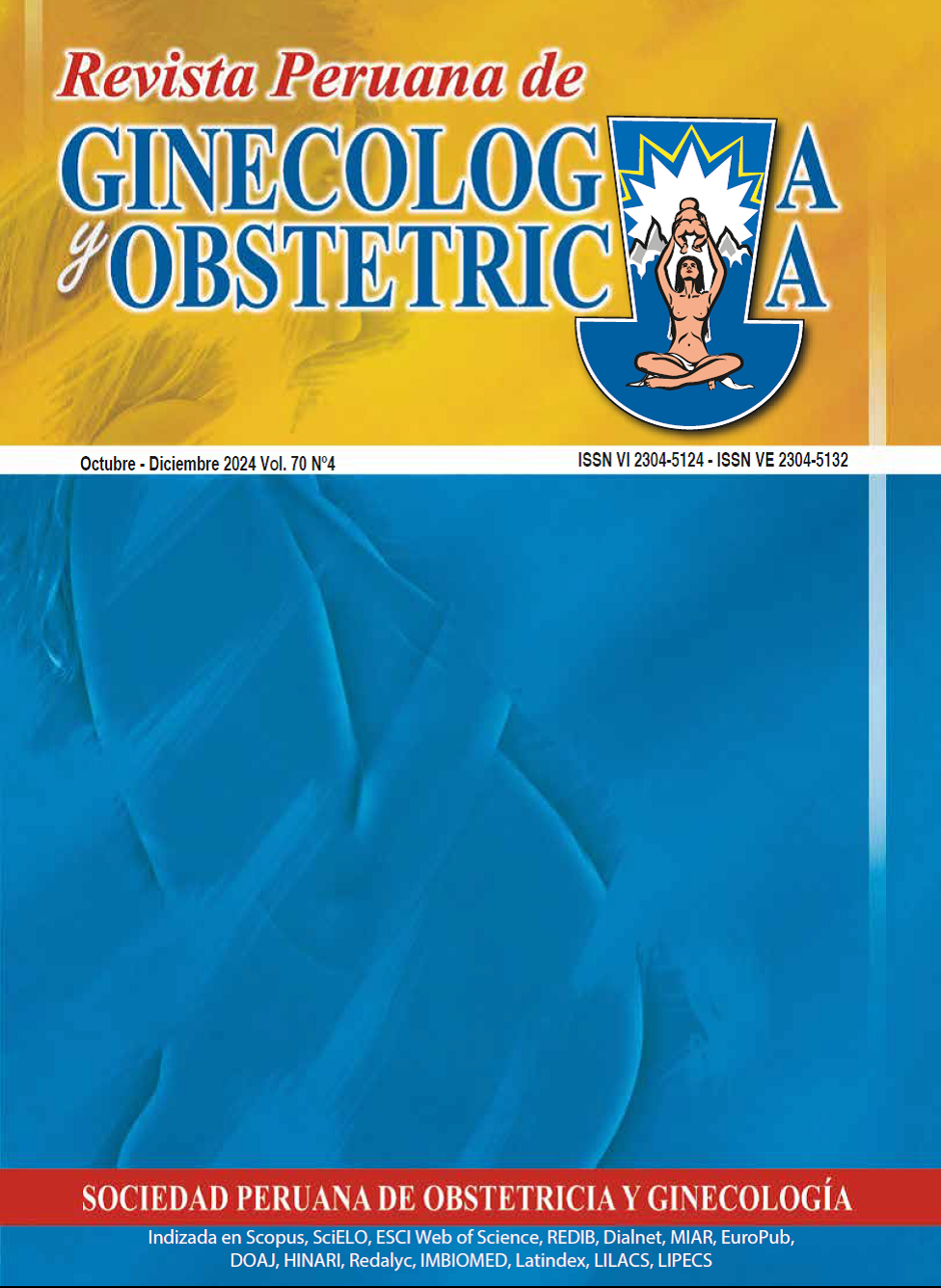Comparison of Live Birth Rates Between Frozen-Thawed and Fresh Blastocyst Transfer for Male Infertility
DOI:
https://doi.org/10.31403/rpgo.v70i2686Keywords:
Fertilization in vitro, Vitrification, Embryo Transfer, Pregnancy rate, Live birthAbstract
Background: In recent years, with the development of assisted reproductive
techniques, different in vitro fertilization-embryo transfer protocols have been
developed. Embryo cryopreservation has emerged as an alternative to fresh embryo
transfer. The superiority of fresh versus frozen-thawed embryo transfer in terms of
pregnancy outcome varies among studies. Objective: To compare pregnancy and
live birth rates resulting from fresh and frozen-thawed blastocyst transfers in male
infertile couples. Methods: In this retrospective study, 803 intracytoplasmic sperm
injection-embryo transfer cycles (304 fresh and 499 frozen-thawed) from 2019 to
2022 were reviewed. The results of pregnancy rates were compared as a function of
embryo transfer method. In addition, pregnancy rates were evaluated as a function
of embryo transfer method and maternal age. Results: The mean age of women
in the fresh and frozen-thawed blastocyst transfer groups and the proportion
of fresh and frozen-thawed transfers in the age groups were similar. Pregnancy
rates of all cases differed between the two groups, with higher rates observed in
the group that underwent fresh blastocyst transfer. However, live birth rates were
similar. In addition, when pregnancy rates were compared according to maternal
age, no significant differences were found. In all cases and fresh blastocyst transfer,
pregnancy rates decreased with increasing age. Conclusion: Our results indicate
comparable live birth rates with fresh embryo transfer compared to frozen-thawed
transfers in male factor infertility.
Downloads
Downloads
Published
How to Cite
Issue
Section
License
Copyright (c) 2024 Nesrin Polat, Hale Bayram, Yaprak Donmez Cakil, Belgin Selam, Mehmet Cincik

This work is licensed under a Creative Commons Attribution 4.0 International License.
Esta revista provee acceso libre inmediato a su contenido bajo el principio de que hacer disponible gratuitamente la investigación al publico, lo cual fomenta un mayor intercambio de conocimiento global.















